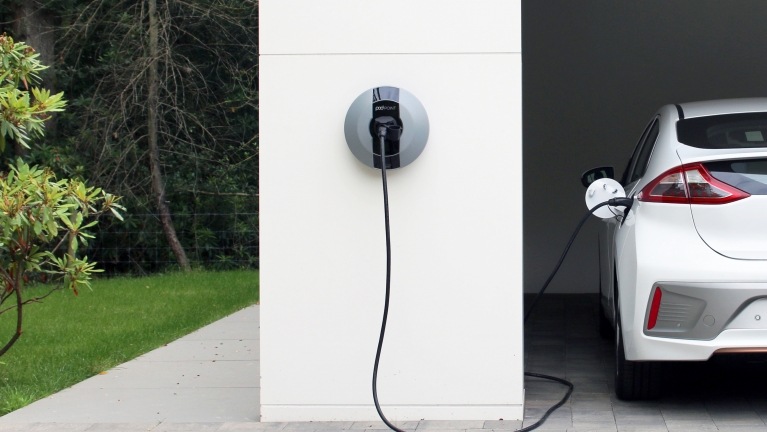Welcome to our home electric car charger comparison video series…
Today we’re educating you on the Pod Point Solo Domestic home EV charging point.
Eustachi: decongestant bodybuilding for the ears – Pascal Forget bodybuilding steroids for sale bodybuilding room (weight room / cardiotraining), canteleu (76380) – seine-maritime.
The Pod-Point Solo is a modern looking disk shape and is silver with a black stripe.
It’s a little larger in size (at 400mm square) than some of its rivals, but this is due to its ability to wrap the charging cable neatly around the tethered unit.
You’ve got the option of a 3.6Kw, 7Kw & 22Kw charging unit.
Don’t bother with the 3.6Kw, as it’s not much faster than a 3-pin plug and will take up to 24 hours to fully charge a pure electric vehicle.
The 22Kw unit is powered by 3 phase electricity only, which most homes (except for those converted from commercial properties) won’t have available.
99% of homes are powered by single phase electricity, so the fastest and best fit Pod-Point Solo charging unit is the 7Kw version.
You’ve also got the option of a tethered or socketed unit…
The tethered comes with an attached type 1 or type 2 charging cable, but the socketed unit does not, and you need to purchase your own, which can cost up to £150.
It also has an App allowing you to charge remotely, but at this stage, doesn’t allow timed charging.
What’s the best things about the Pod-Point Solo?
It’s got built in earth protection, so you don’t need an additional earth rod, and comes with an energy clamp safety device, which protects your home’s main house fuse from over current events.
The Pod-Point Solo is the 2nd best value home charger on the market.
…but because of its built-in energy clamp safety device, it still gets a ⭐⭐⭐⭐⭐ rating from us.


